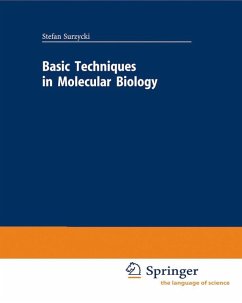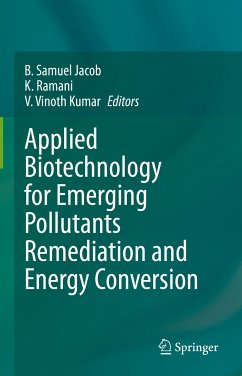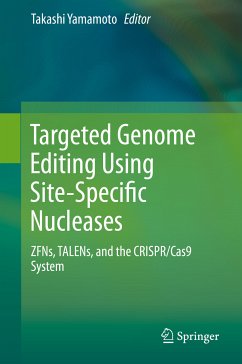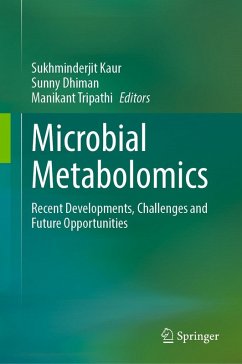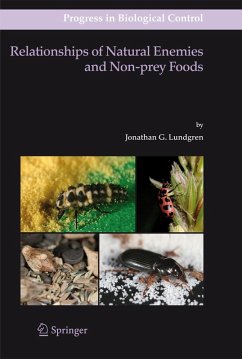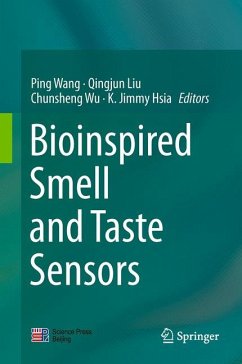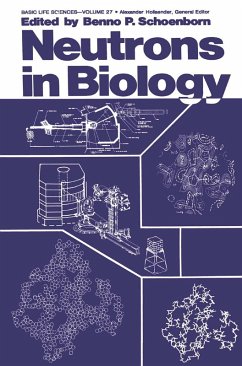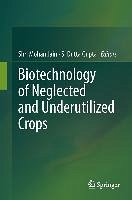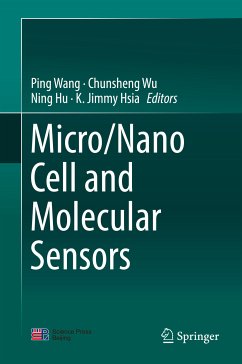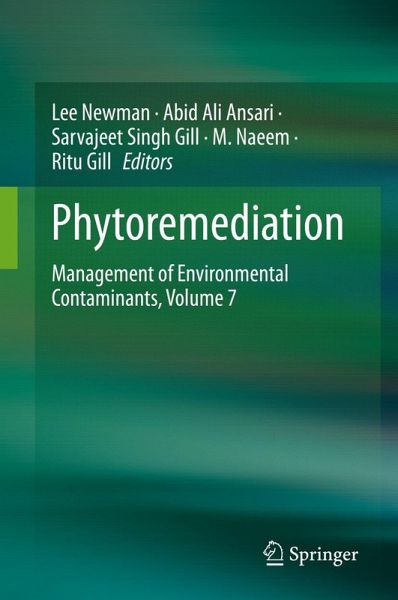
Phytoremediation (eBook, PDF)
Management of Environmental Contaminants, Volume 7
Redaktion: Newman, Lee; Gill, Ritu; Naeem, M.; Gill, Sarvajeet Singh; Ansari, Abid Ali
Versandkostenfrei!
Sofort per Download lieferbar
128,95 €
inkl. MwSt.
Weitere Ausgaben:

PAYBACK Punkte
64 °P sammeln!
The accumulation of large amounts of contaminants occurs in the environment due to industrialization and various other anthropogenic activities. Contaminants ultimately affect human health worldwide. Organic, inorganic, and radioactive substances are the prevalent forms of environmental contaminants and their complete remediation in soils and sediments is rather a difficult task. Concerns of their toxicities led to the emphasis on development of effective techniques to assess the presence and mobility of contaminants in air, water, and soil. Furthermore, the ever-increasing concentration of to...
The accumulation of large amounts of contaminants occurs in the environment due to industrialization and various other anthropogenic activities. Contaminants ultimately affect human health worldwide. Organic, inorganic, and radioactive substances are the prevalent forms of environmental contaminants and their complete remediation in soils and sediments is rather a difficult task. Concerns of their toxicities led to the emphasis on development of effective techniques to assess the presence and mobility of contaminants in air, water, and soil. Furthermore, the ever-increasing concentration of toxic pollutants in the environment is considered a serious threat to plant, animal, human, and environmental health.
Many technologies are in use to clean and eliminate hazardous contaminants from the environment; however, these technologies can be costly, labor intensive, and often distressing to the general public. Phytoremediation is a simple, cost effective, environmentally friendly and fast-emerging new technology for eliminating toxic contaminants from different environments. Phytoremediation refers to the natural ability of certain plants and their associated microbiome (including hyper-accumulators or bio-accumulators) to remove, degrade, or render contaminants harmless. Through this technique, certain species of plants flourish by accumulating contaminants present in the environment. The unique and selective uptake capabilities of plant root and shoot systems, effective translocation, bioaccumulation, and contaminant degradation capabilities of the accumulator plants are utilized in phytoremediation techniques. Phytotechnologies involving the use of plants for contaminant removal gained importance during the last two decades and phytoremediation technology became an effective tool for environmental detoxification because of plants ability to accumulate the contaminants at very high concentrations.
Phytoremediation strategies can remove, degrade, or stabilize inorganic and organic contaminants entering a multitude of ecosystems using green plants and their associated microbial communities. The development and use of phytotechnologies continues to move forward at a steady pace. Researchers recognize the potential of phytoremediation to offer a green, cost effective, eco-friendly and feasible application to address some of the world's many environmental challenges. This book provides significant information to add to the previous volumes published on the topic and can serve as the foundation for the development of new applications that feature the integration of modern research discoveries into new methods to remediate contaminated ecosystems. Moreover, this volume brings recent and established knowledge on different aspects of phytoremediation and nano-phytoremediation, providing this information in a single source that offers a cutting-edge synthesis of scientific and experiential knowledge on polluted environments that is useful for policy makers, practitioners and scientists, and engineers.
Phytoremediation: Management of Environmental Contaminants, Volume 7 highlights the various prospects that are involved in current global phytoremediation research. This book delivers a content-rich source to the reader and can act as a platform for further research studies. It should meet the needs of all researchers working in, or have an interest in this particular field.
Dieser Download kann aus rechtlichen Gründen nur mit Rechnungsadresse in A, B, BG, CY, CZ, D, DK, EW, E, FIN, F, GR, HR, H, IRL, I, LT, L, LR, M, NL, PL, P, R, S, SLO, SK ausgeliefert werden.




